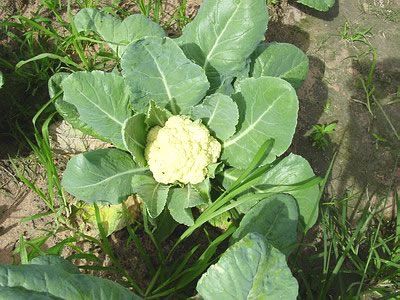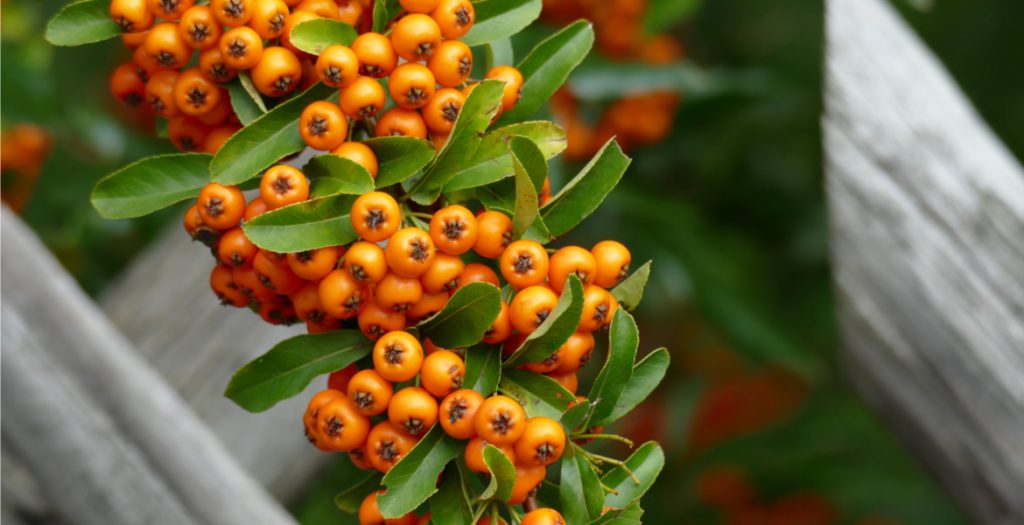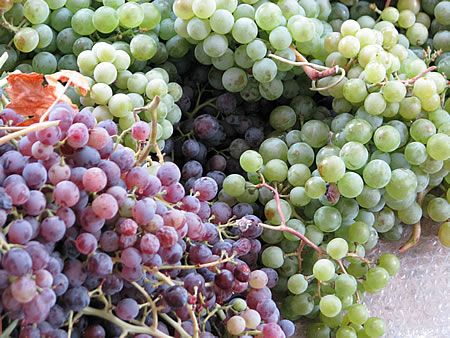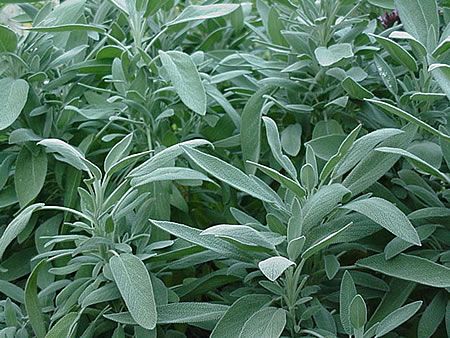How do I grow cauliflowers in my garden?
The cauliflower (Brassica oleracea var. botrytis), belongs to the same family as cabbage and broccoli (family Cruciferae). It is cultivated for its flower head which is edible. The flower head is white or slightly yellow in color. Cauliflower is a close relative of broccoli.
Suitable climate for growing cauliflower
The ideal temperatures for growing cauliflower are between 7 and 29 degrees Celsius. But not higher than 38 degrees Celsius. Temperature is the decisive factor in producing good quality cauliflower.
If there are high temperatures before flower head formation, then excessive foliage growth and delayed production will result.
Conversely, low temperatures (between 4 and 14 degrees Celsius), slow down growth.
The ideal temperature range is between 15 and 20 degrees Celsius.
However, if, after the formation of the flower head, conditions of intense sunshine and high temperatures prevail, a deterioration in quality is caused by the separation of the flower head surface into small parts.
What kind of soil does cauliflower need?
The soil requirements of cauliflower are similar to those of cabbage: fertile, well-drained soil rich in organic matter.
The optimum pH is 6.5.
Cauliflower is not favored by excessive nitrogen (quality deterioration). It is sensitive to boron deficiency. The available boron in the soil should be at least 0.5 ppm. It is also calcium-demanding.
Fertilizer requirements
It is recommended to add manure or compost to the soil before transplanting.
- Nitrogen: Nitrogen (N) requirements vary depending on whether the crop is early or late. In early cauliflower crops, a small amount of N is applied only at basal fertilization. In mid-early crops more N is given and in late crops even more (divided between the basal and 2-3 surface fertilizations).
- Phosphorus: 6-10 units at basal fertilization.
- Potassium: 20-30 units at basal fertilization. In late crops a surface application (soluble form) is also applied.
How and when to sow cauliflowers
We usually start cauliflower cultivation by sowing the seeds in a seedbed and then transplanting them into the garden.
If you have good quality soil, however, you can try sowing the seed directly into the soil.
When to sow in the seedbed depends on whether you want early or late production.
For early (autumn) production, sow the seeds in May or June. Based on what we have said above, this can be done in areas where very high temperatures do not develop in the summer.
For late (winter-spring) production, we plant the seeds in August or early September.
The seedlings are sown outdoors.
The sowing depth is 1,5 cm.
The plants are usually ready for transplanting after 45 days.
Before transplanting, basic fertilization of the soil should be done.
The cauliflowers are sown in rows. Each row is 60 to 100 cm apart. Each plant in the same row is 30 to 70 cm apart.
Regular watering and fertilizing is done according to the above.
What to watch out for
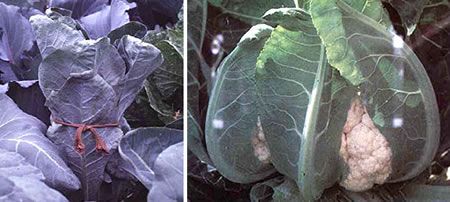
After the formation of the flower head, in varieties whose leaves do not cover it sufficiently, the leaves need to be tied over the flower head to protect them from frost and especially from the sun, which changes the white color. The leaves are fixed with a rubber band.
There are varieties and hybrids whose outer leaves fold inwards and cover the flower head alone.
Pests and diseases of the cauliflower
The butterflies lay their eggs on the cauliflower leaves. The eggs give rise to caterpillars that eat the leaves. See the relevant article: Butterfly eggs in vegetables.
To see the pests and diseases that attack cauliflower, select: Plant Pests-Diseases.
Cauliflower’s nutritional value
Cauliflower is a low-fat food, but rich in fiber, folate, water and vitamin C.
Cauliflower, contains a number of phytochemicals common to the cabbage family that may benefit the human body.
- Sulforaphane: A substance released when we cut or chew cauliflower. May be protective against cancer
- Glucosinolate compounds
- Carotenoids
- Indole-3-carbinol, a chemical that enhances DNA repair and acts as an estrogen antagonist, delaying the growth of cancer cells
You should be aware, however, that boiling reduces the levels of these substances.
- A 5-minute boil reduces them by 20% to 30%.
- Boiling for 10 minutes reduces them by 40% to 50%.
- Boiling for 3 minutes reduces them by 75%.
- But steaming or microwaving the cauliflower does not significantly reduce the levels of the substances.
Tags: CAULIFLOWER • CAULIFLOWERS • CULTIVATE • CULTIVATION • SEEDLINGS

